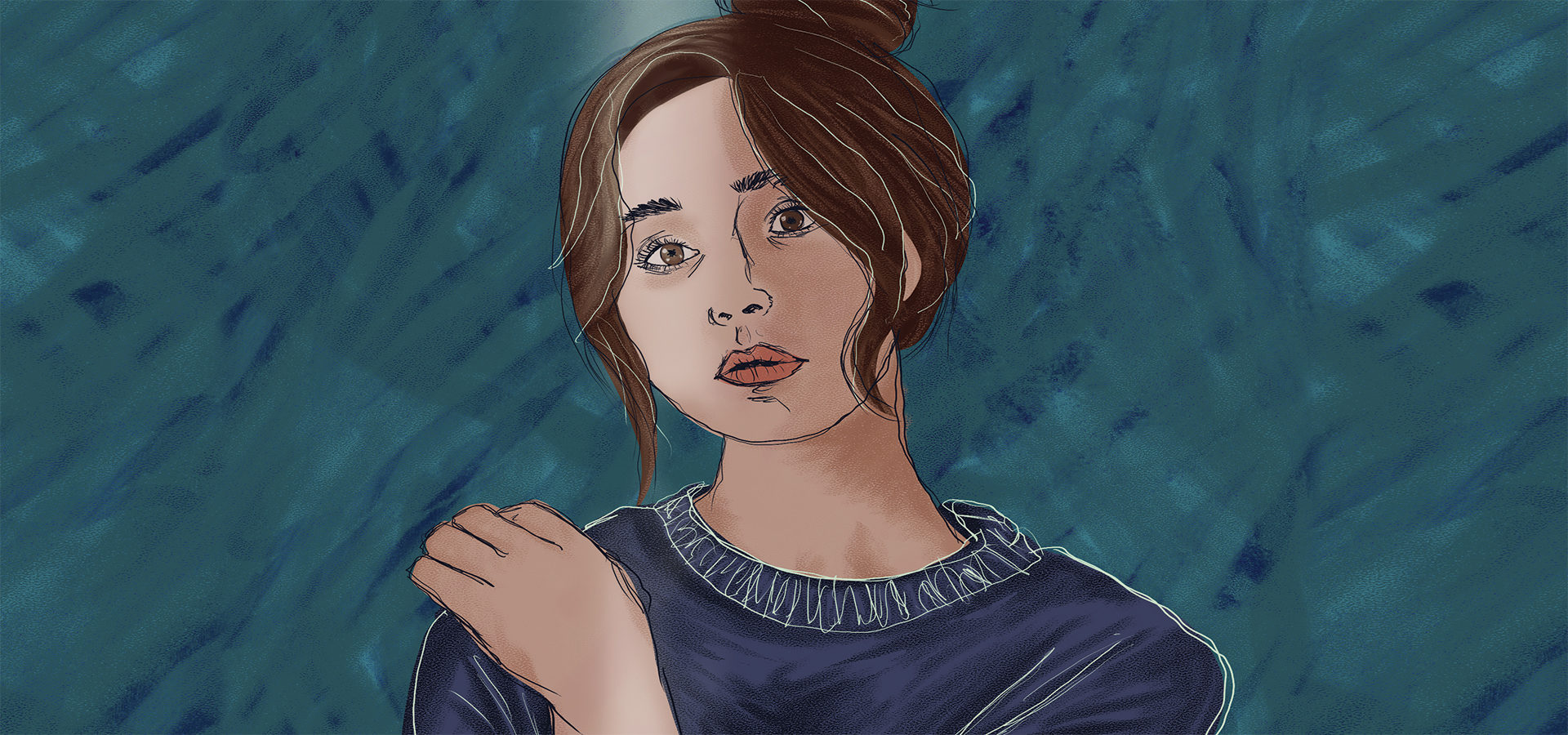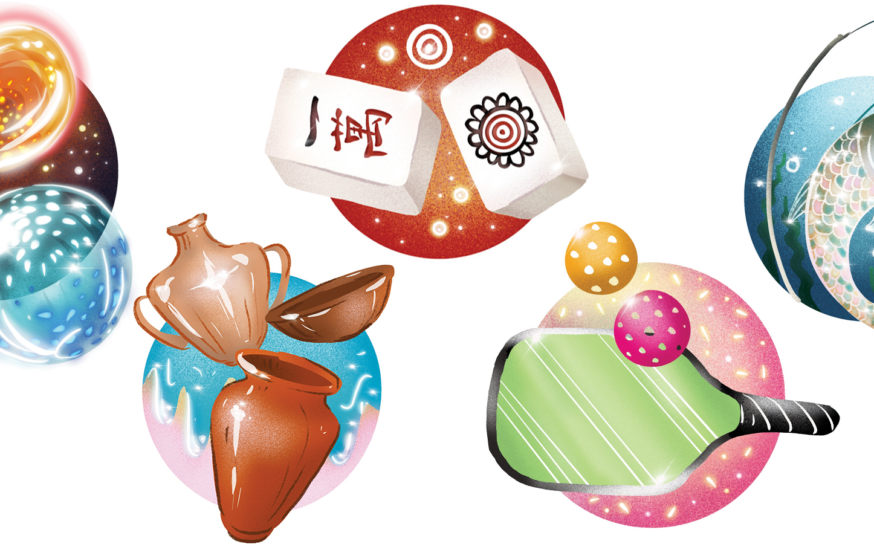
An Analysis of Transcranial Magnetic Stimulation (TMS) for Depression
For when meds aren’t working.
More than 16 million people in the U.S. suffer from depression and the disease affects women twice as often as it does men. For some patients, traditional pharmaceuticals don’t work. Now a procedure called transcranial magnetic stimulation, or TMS, could help those patients.
Psychiatrist and medical researcher Sarah Lisanby leads a division at the National Institute of Mental Health. Here VB editor Linda Grasso queries Dr. Lisanby about the parameters of TMS treatment and its efficacy.
What exactly is TMS?
It is a modern medical procedure. First of all, it does not induce a seizure like electroconvulsive therapy, or ECT. Instead, it uses a magnetic field to stimulate the brain.
You walk into a room and sit in a comfy, partially reclining chair. The device would be on a cart next to you. The clinician would put a magnetic coil on your head, which is typically about the size of a ping-pong paddle. The coil touches your scalp—specifically the prefrontal cortex, the part of the brain circuitry involved in depression.
When the device is turned on, that coil generates the magnetic field, inducing tiny electrical currents that stimulate the part of the brain that’s being targeted. You’re awake for the whole thing. There’s no anesthesia.
What does the patient feel exactly?
Your brain doesn’t feel the stimulation. Your scalp does. You might feel a slight tapping on your head and hear a clicking noise, which is the coil vibrating during the stimulation. It lasts anywhere from five to 35 minutes. Then you go on with your day. There’s no restrictions on your activity after getting the TMS.
Who can prescribe TMS?
Because TMS is a medical procedure, you do need to be a clinician. It’s typically a physician who is trained in TMS—a psychiatrist if it’s for the treatment of depression or obsessive-compulsive disorder.
How many treatments are needed to see improvement?
A typical treatment course takes anywhere from four to six weeks. The treatments are given daily, Monday through Friday, and then repeated for four to six weeks until the person improves. After you improve, it is helpful to do a maintenance treatment to prevent the depression from coming back.
How effective is it?
It is about as effective as our antidepressant medications. In practice, the response rates tend to be higher than in the research studies because in practice, there is no placebo and the person is able to also take medication or get psychotherapy or other care. A typical rate of people responding might be around 50 to 60%.
Exactly what kind of patient does TMS work best for?
TMS is labeled for individuals who have not responded to at least one antidepressant medication in the current episode of depression. Typically we try medications first. If those don’t work, or side effects are an issue, then that would be a reason to look at an alternative like TMS.
There are people who have severe depression where they can’t get out of bed. And then there are those who just feel off, or down. does TMS work for both types?
When we talk about a major depressive episode, or MDE, what we’re really referring to is a period of time where you have a specific set of symptoms: low mood, reduced interest in activities, disruptions in appetite and/or sleep. TMS is most appropriate for a person who is in a major depressive episode and has a moderate degree of severity. The patient is probably still able to function at home, maybe still working, but really not at their best and really suffering internally. You know how people can put a good face on things, but inside they’re struggling.
When a person has a more severe form of depression—no longer really able to function—they need a faster-acting, more-definitive treatment with a higher likelihood of success. That’s where other forms of brain stimulation like electroconvulsive therapy might be considered.
Why do you think that women suffer from depression more than men?
There are certain phases in a woman’s life when she is at more risk of depression. These phases have to do with the reproductive life cycle—during pregnancy or immediately after pregnancy—when depression can be a serious health risk, not only for the mother, but her child. And then around menopause and perimenopause there is increased risk.
How come we don’t hear of many people actually getting TMS?
TMS was approved by the FDA in 2008, so it’s been around for a while and its availability has been growing. But for more people to access it, insurance needs to pay for it. Each insurance company has different requirements based on diagnosis and treatment history.
What is the cost of TMS?
There are regional differences but I can give you a ballpark of $300 to $500 per treatment.
Side effects?
On its way to the brain, the magnetic field stimulates your scalp muscles, causing them to contract, so it can cause a muscle-tension type of headache. If a person is susceptible to migraines, it might trigger a migraine, but it is typically mild.
A more serious side effect is seizure. The risk depends on the dosage. It’s important that you be carefully monitored and that a prescribing clinician determine what dose is right for you before you have the procedure.
It seems that part of your mission is to get the word out so more psychiatrists prescribe TMS.
It is part of my goal to do science that matters. And for it to matter, it has to help people. It has to get into the clinic and people have to have access to it. The story of TMS is still being written in that regard. It started as a research procedure and then it got FDA approved and then insurance approval. I’m also involved in teaching other clinicians how to do TMS because training is essential to be able to practice it.
Is depression hereditary in your opinion?
Research shows that there is a hereditary component to depression. It runs in families. There is an increased risk of both depression and other psychiatric disorders in certain families. That’s why we are investing in research to study the genetics of depression and what puts people at risk for it.
But I think it’s not just that. It’s also what happens to us in our lives, what we’re exposed to environmentally, the relationships, the family situation and life events. All of these things together are important parts of understanding how depression comes to be and what we can do to treat it. So yes, there’s a genetic component, but genes aren’t destiny. There’s more to it that we can influence.
For more information on TMS, go to nimh.org. For more of Linda’s conversation with Dr. Sarah Lisanby, go to SheSez.com.











